Other
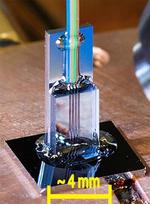
“New tests can hasten use of small precision devices in medicine, food safety, spacecraft Researchers at the National Institute of Standards and Technology (NIST) have published landmark test results that suggest a promising class of sensors can be used in …
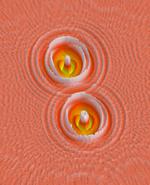
“The U.S. Department of Commerce’s National Institute of Standards and Technology (NIST) and its partners in the Nanoelectronic Computing Research (nCORE) consortium have awarded funding for a new research center to focus on novel materials for advanced computing …
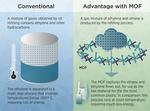
“An innovative filtering material may soon reduce the environmental cost of manufacturing plastic. Created by a team including scientists at the National Institute of Standards and Technology (NIST), the advance can extract the key ingredient in the most common form …
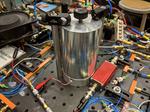
“Physicists at the National Institute of Standards and Technology (NIST) have used common electronics to build a laser that pulses 100 times more often than conventional ultrafast lasers. The advance could extend the benefits of ultrafast science to new applications …

“New chip-sized device could help manufacturers measure laser power in real time. Lasers play roles in many manufacturing processes, from welding car parts to crafting engine components with 3D printers.* To control these tasks, manufacturers must ensure that their lasers …
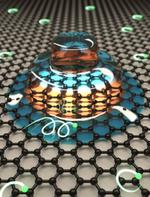
“In a marriage of quantum science and solid-state physics, researchers at the National Institute of Standards and Technology (NIST) have used magnetic fields to confine groups of electrons to a series of concentric rings within graphene, a single layer of …
News Connecting the (Nano) Dots: NIST Says Big-Picture Thinking Can Advance Nanoparticle Manufacturing
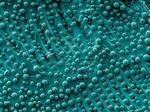
“Nanoparticle manufacturing, the production of material units less than 100 nanometers in size (100,000 times smaller than a marble), is proving the adage that “good things come in small packages.” Today’s engineered nanoparticles are integral components of everything …
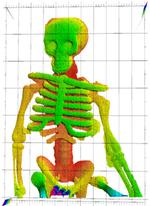
“Researchers at the National Institute of Standards and Technology (NIST) have used a laser detection and ranging (LADAR) system to image three-dimensional (3D) objects melting in flames. The method could offer a precise, safe and compact way to measure structures …

“Researchers at the National Institute of Standards and Technology (NIST) have made a silicon chip that distributes optical signals precisely across a miniature brain-like grid, showcasing a potential new design for neural networks. The human brain has billions of neurons …

“Invigorating the idea of computers based on fluids instead of silicon, researchers at the National Institute of Standards and Technology (NIST) have shown how computational logic operations could be performed in a liquid medium by simulating the trapping of ions …
